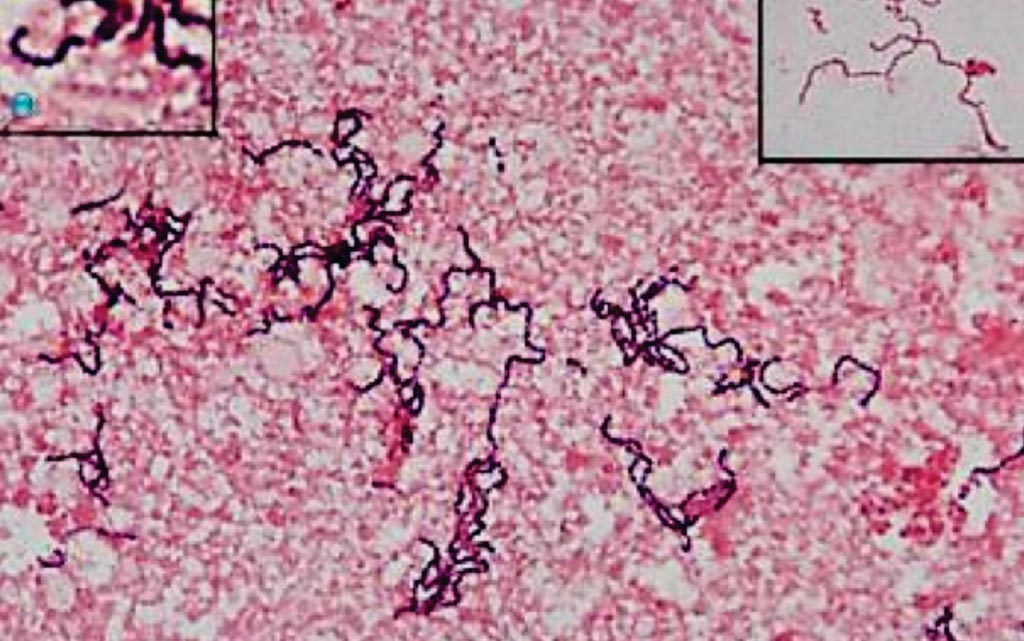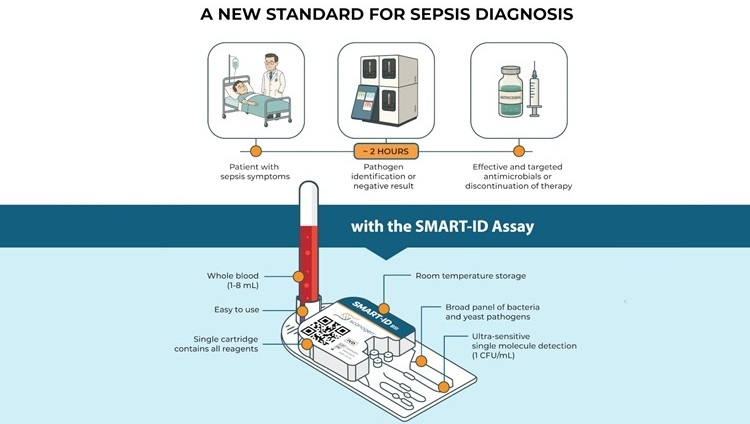Vaginal Bacteria Linked to Higher HIV Susceptibility
By LabMedica International staff writers
Posted on 07 Feb 2018
Disruptions of vaginal microbiota might increase women's susceptibility to human immunodeficiency virus (HIV) infection. Advances in molecular microbiology have enabled detailed examination of associations between vaginal bacteria and HIV acquisition.Posted on 07 Feb 2018
Most studies of microbes that colonize different parts the body, inside and out, suggest that a greater variety of bacteria in those locations is healthier for the human who harbors them. The greater the diversity of bacteria in a person's microbiota, the better, but earlier studies turned up a surprising exception: the vagina.

Image: Parvimonas, gram-positive cocci, when found in the vagina increase the risk of HIV (Photo courtesy of Erasmus Medical Center).
Scientists associated with the Fred Hutchinson Cancer Research Center (Seattle, WA, USA) performed a nested case-control study of participants from eastern and southern Africa. Data from five cohorts of African women (female sex workers, pregnant and post-partum women, and women in sero-discordant relationships) were used to form a nested case-control analysis between women who acquired HIV infection versus those who remained seronegative. Deep sequence analysis of broad-range 16S rRNA gene polymerase chain reaction (PCR) products was applied to a subset of 55 cases and 55 controls.
The team identified 87 women who acquired HIV infection (cases) and 262 controls who did not acquire HIV infection, between November, 2004, and August, 2014. Of seven bacterial species linked to higher risk, the most conspicuous of them is Parvimonas Type 1, an otherwise common bacterium, not considered particularly worrisome. Women carrying high concentrations of that Parvimonas Type 1 had much higher odds of 4.6 to one of acquiring HIV than those who did not. Other bacteria linked to the highest increases in risk of HIV infection are: Parvimonas species Types 2, Gemella asaccharolytica, Mycoplasma hominis, Leptotrichia/Sneathia, Eggerthella species Type 1 and vaginal Megasphaera.
The authors concluded that differences in the vaginal microbial diversity and concentrations of key bacteria were associated with greater risk of HIV acquisition in women. Defining vaginal bacterial taxa associated with HIV risk could point to mechanisms that influence HIV susceptibility and provide important targets for future prevention. The study was published on January 25, 2018, in the journal The Lancet Infectious Diseases.
Related Links:
Fred Hutchinson Cancer Research Center














